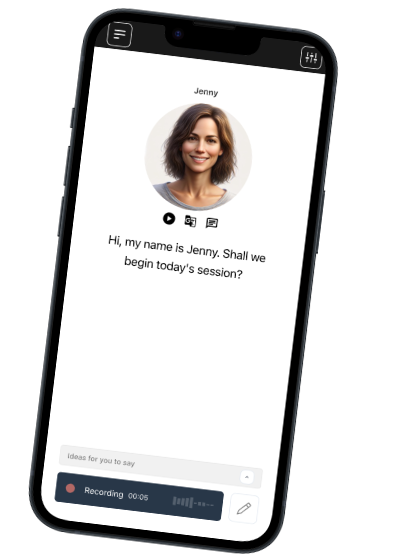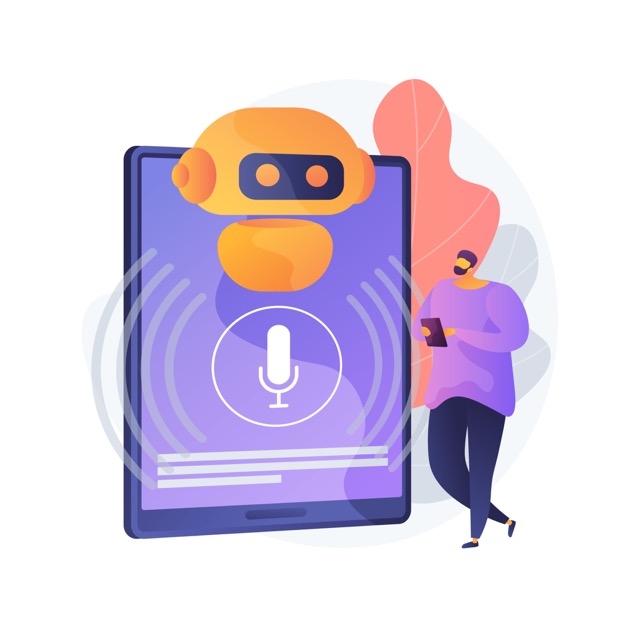Founded in Denmark. We respect your privacy.
Join a worldwide community of language learners
Why You Still Struggle with English Small Talk—And the Hidden Rules Natives Swear By
Last updated on
For many language learners, the prospect of jumping into English small talk can be more daunting than giving a prepared speech. You might know hundreds of vocabulary words and ace textbook dialogues, but when you step into the real world, conversation feels unpredictable, awkward, and sometimes overwhelming. Have you ever wondered why, even after hours of practice, small talk still trips you up? Right at the end of this article, you’ll learn about a surprising social cue that even some native speakers don’t consciously realize they use—something that could immediately transform your next interaction.
Why Small Talk Is More Than Just Words
Textbooks often teach you to say, “How are you?” and expect a direct answer. But in reality, small talk isn’t about exchanging information—it’s about connection. According to sociolinguists, this ritual serves as a social lubricant, helping people navigate relationships and ease into more meaningful interactions (Britannica on Sociolinguistics). That’s why your well-rehearsed responses may sound stilted or robotic to a native ear. Natives rely on unwritten conventions—the hidden rules of engagement.
The Three Unspoken Expectations of English Small Talk
- Keep It Light: Avoid deep or controversial topics. Weather, hobbies, and weekend plans are safe bets. Jumping into politics or personal issues is a classic “small talk fail.”
- Match the Energy: Notice the other person’s level of enthusiasm and mirror it. Responding too energetically—or too flatly—can make the exchange feel mismatched, and natives will spot it immediately.
- Read Between the Lines: English speakers often make indirect comments. When someone says, “Busy day, huh?” they might be testing if you want to open up, not just stating a fact.
The Timing Puzzle
Another pitfall is timing—not just what you say, but when you say it. In fast-paced settings like offices or shops, small talk can be less about content and more about signaling friendliness and willingness to engage (Cambridge English: Research & Validation). Try observing how long natives spend on each exchange and adjust your responses accordingly. Keeping things brief during a passing encounter, or extending conversation only when you notice open body language, is a subtle—but powerful—skill.
Practice That Feels Like Real Life
One reason small talk feels so different from your lessons is that the rhythm and unpredictability aren’t easy to capture in a classroom. That’s where interactive tools like Talkio’s AI conversation partners make a difference: you get to experiment, make mistakes, and most importantly, feel the spontaneity that’s missing from scripted practice.
The Big Reveal: It’s All About “Backchanneling”
At the heart of authentic small talk is a concept called backchanneling. Native speakers constantly use murmurs and body language—like “uh-huh,” “yeah,” nodding, and smiling—to show they’re listening, even if they’re not talking. It’s not just polite; it’s expected. Next time you’re speaking English, notice how frequently these signals pop up in conversation (UCLA Language Materials Project). Simulating these cues while you practice—whether with a partner, AI, or in real life—can make your dialogue feel instantly more natural and reduce that “outsider” feeling many learners experience.
Keep exploring and experimenting, and soon the hidden rules of small talk won’t feel so mysterious. If you’re curious about more subtle social skills in English and other languages, try diving into how native speech merges sounds in real dialogues—it’s another layer of authenticity that puts you ahead in real-life conversations.
Talk Your Way
to Fluency

Talkio is the ultimate language training app that uses AI technology to help you improve your oral language skills!
Try Talkio


